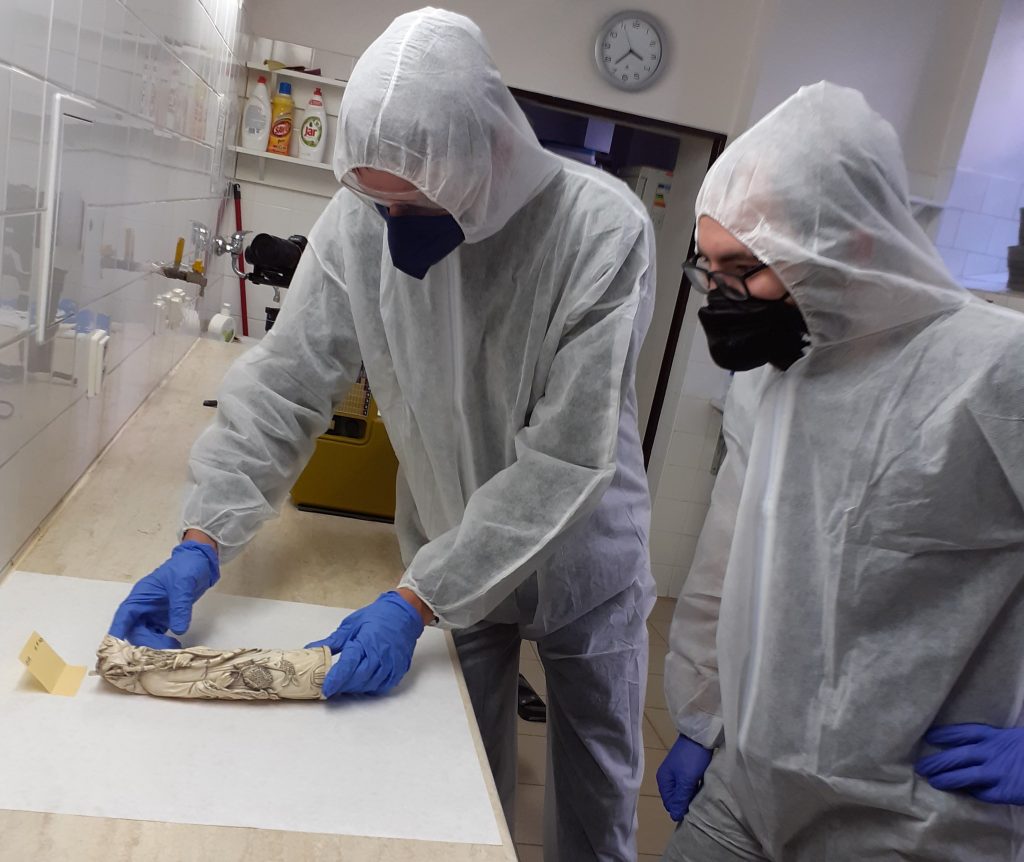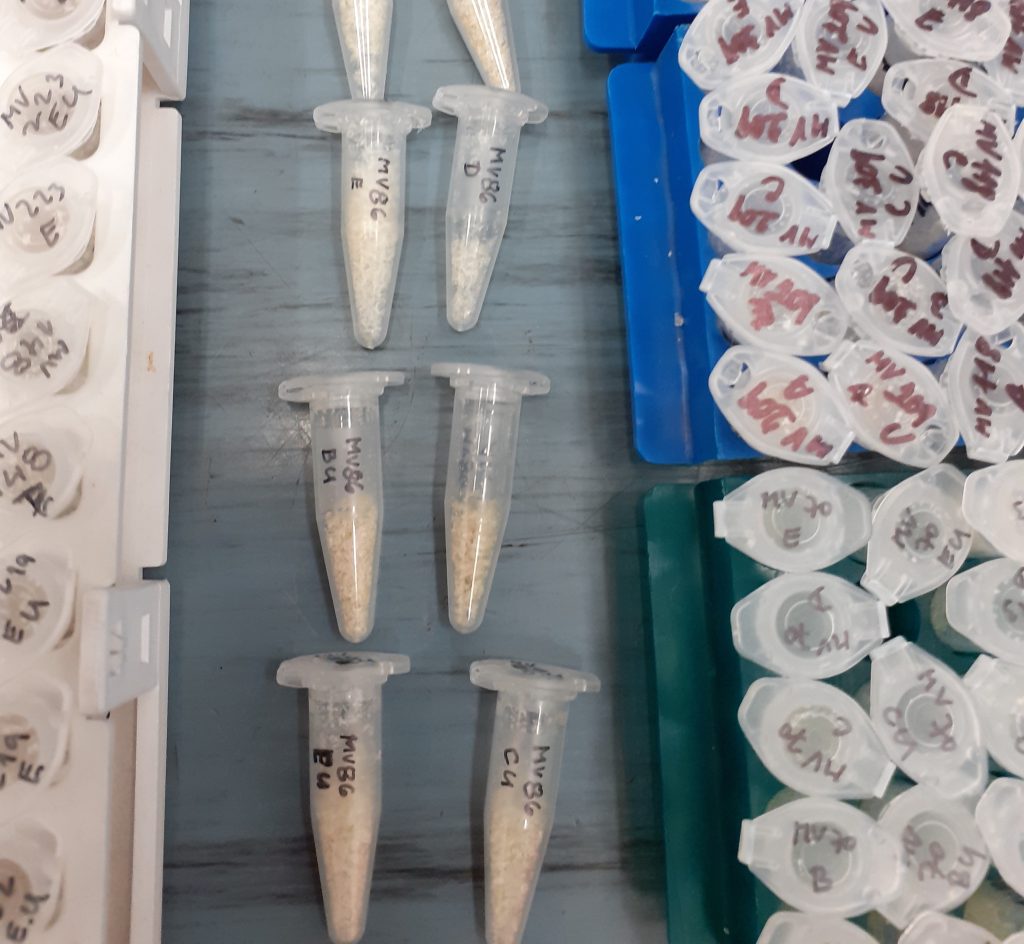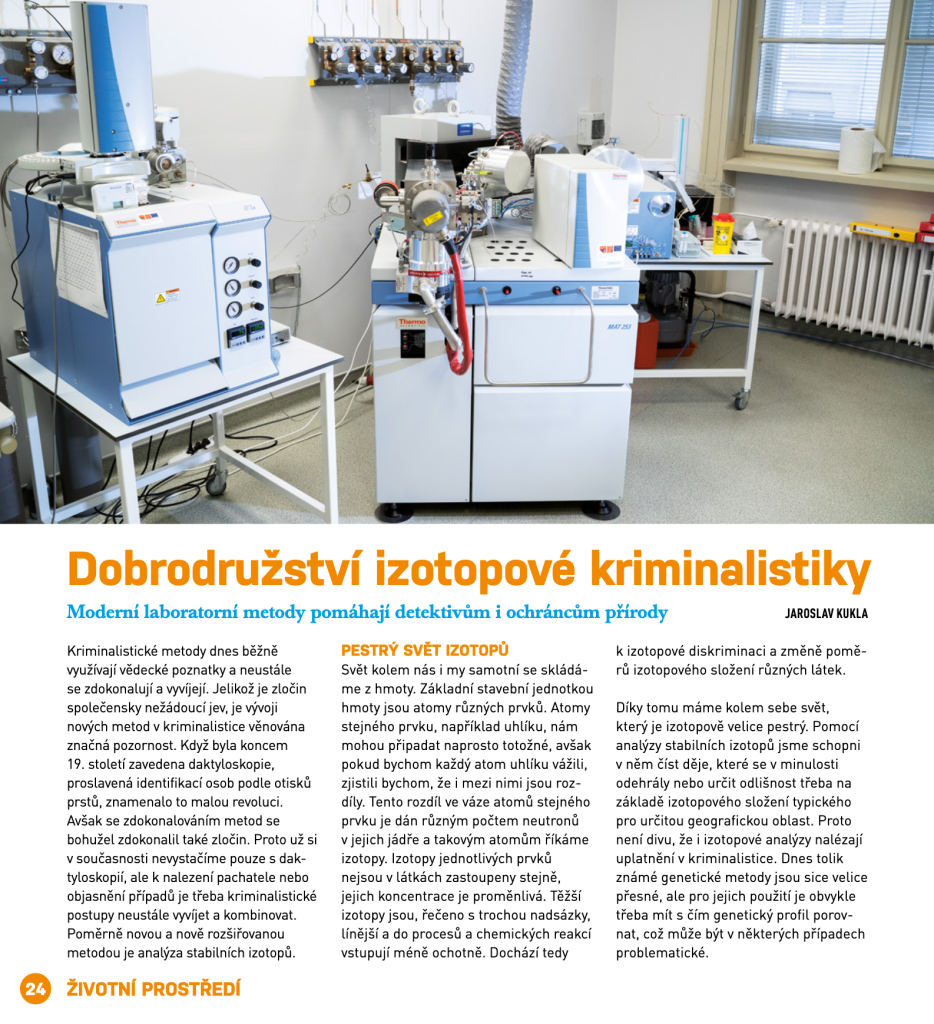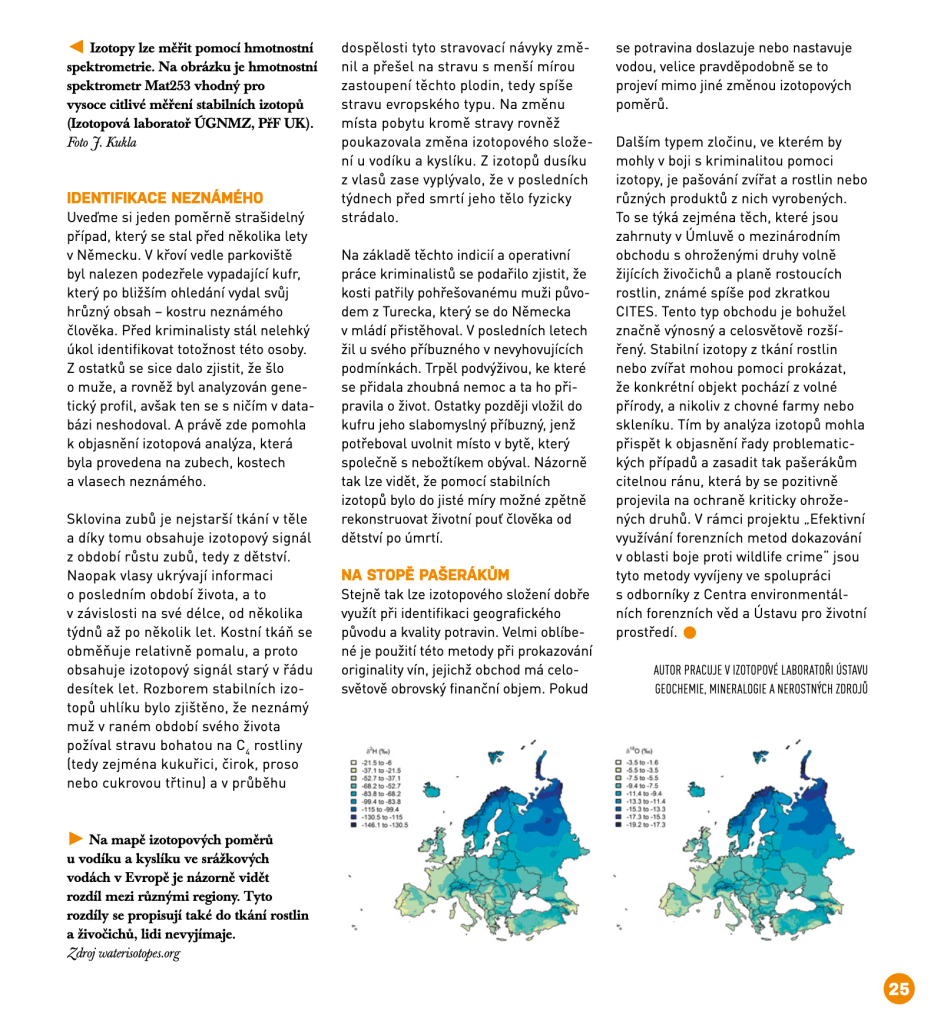determination of the geographical origin of the material of animal origin

Stable isotopes in animal tissues can be used to determine or exclude the geographical origin of animals or to determine the food source, i.e. to distinguish between captive-bred and wild-caught individuals. Similarly, analyses of the elemental composition of tissues can be used.

The forensic application of these methods is still limited, as insufficient data are available for certain animal groups and tissue types. The Czech Republic also does not have a reference map of the geographical distribution of stable isotopes (hydrogen, oxygen, sulphur, strontium) for its territory.
The scientific team of this part of the ForWild project investigates stable isotopes in the tissues of native Czech protected species (bear, wolf, lynx, grouse) that are illegally hunted for trophies.
Another aim is to verify how isotope and elemental analysis works in ectothermic vertebrates (reptiles), whose metabolism is different from that of mammals and birds. The turtles of the genus Testudo and the green python Morelia viridis, which have been shown to have a high level of international illegal trade, are being investigated.
The following article was published in the magazine Přírodovědci.cz in issue 4/2022:


Contact person: Mgr. Jitka Kufnerová, jitka.kufnerova@natur.cuni.cz